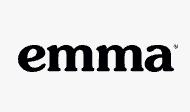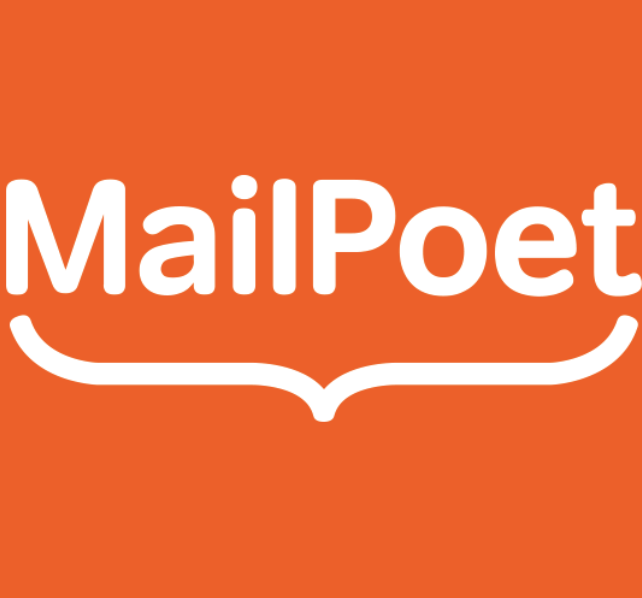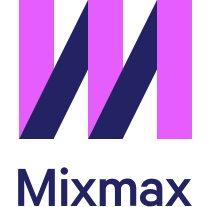MailerLite vs Campaign Monitor
Hyperise integrates with 100's of sales and marketing tools, many of which are in the Email Marketing category. With so many to choose from it's sometimes hard to know which is best, but don't worry, we've got your covered.
In this comparison guide we're going to look at the Highlights, Pros, Cons and Pricing of MailerLite and Campaign Monitor. We'll also delve into the details of which offers the best personalization options within Email Marketing, with there respective Hyperise integrations
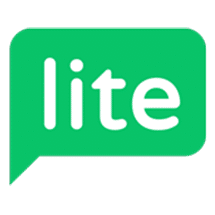
MailerLite
Pricing: MailerLite offers a range of pricing plans based on the number of subscribers you have. The most basic plan is free up to 1000 subscribers, after which pricing starts at $10/month for up to 1500 subscribers, $15/month for up to 2500 subscribers, and goes up to $450/month for up to 100,000 subscribers.
Vs

Campaign Monitor
Pricing: Campaign Monitor pricing is based on the number of contacts or subscribers in your account. Plans start at $9 per month for up to 500 contacts. Price tiers increase as the size of your contact list grows—for example, 1,000 subscribers are $15 per month, 5,000 are $49 per month, and so on. Higher plan levels include additional features and dedicated support.
MailerLite vs Campaign Monitor Highlights
MailerLite is a relatively new email marketing service compared to Campaign Monitor. Both services have similar feature sets, but there are a few key differences. MailerLite comes with email automation and some advanced capabilities such as segmentation and A/B testing, while Campaign Monitor is primarily focused on simple newsletters and broadcast emails. MailerLite has a more affordable pricing model than Campaign Monitor, with lower starting prices, and the ability to pay as you grow and scale your subscription. MailerLite also includes a drag and drop email builder, which makes it easier to create beautiful emails, as well as a live customer support feature that is not available in Campaign Monitor.
MailerLite vs Campaign Monitor Pros
MailerLite Pros
- Pros for MailerLite Compared to Campaign Monitor:
- More affordable pricing for the same features
- Easier to use drag and drop editor
- Easier automation setup
- More customizable emails
- Better mobile optimization
- Greater list and contact management features
- Free migration assistance
- Flexible A/B testing options
- No monthly commitment option
Campaign Monitor Pros
- Pre-made templates and design tools: Campaign Monitor has a suite of built-in design tools that help you create beautiful and professional-looking email campaigns quickly and easily.
- Advanced personalization features: Campaign Monitor allows you to personalize your campaigns more effectively, making it easier to create more tailored messages for each recipient.
- Automation capabilities: Campaign Monitor lets you set up automated campaigns to send targeted messages based on user behavior or purchase history.
- Comprehensive analytics: Campaign Monitor offers detailed reporting and analytics, so you can get real-time insights into your campaign results.
- Support team: Campaign Monitor provides a dedicated customer and technical support team that can help you with any questions or issues.
MailerLite vs Campaign Monitor Cons
MailerLite Cons
- Limited list of integrations to external services such as Zapier, API connectivity, and Leadpages.
- Lower levels of support for non-essential features such as split testing and dynamic content.
- Limited analytics and reporting capabilities.
- Limited automation features for campaigns.
- Visual design features are scaled down and less intuitive than Campaign Monitor, plus lack of drag and drop capabilities makes customizing emails difficult.
- Less straightforward user experience compared to Campaign Monitor; user interface is more complex and time-consuming to navigate through.
Campaign Monitor Cons
- More complex user interface
- Limited user segmentation capabilities
- Higher cost
- Limited customization capabilities
- Tighter email automation rules
- Slower customer service response times
- Fewer ecommerce integrations
- Lower deliverability rates
- No support for SMS marketing
MailerLite & Campaign Monitor Hyperise Integrations
MailerLite uses the HTML code embed method to integrate with Hyperise, giving a simple way to add personalized images to your messages.
MailerLite makes the following data points available to Hyperise, to enable personalization in images used in outreach and linked out to your personalized website landing pages.
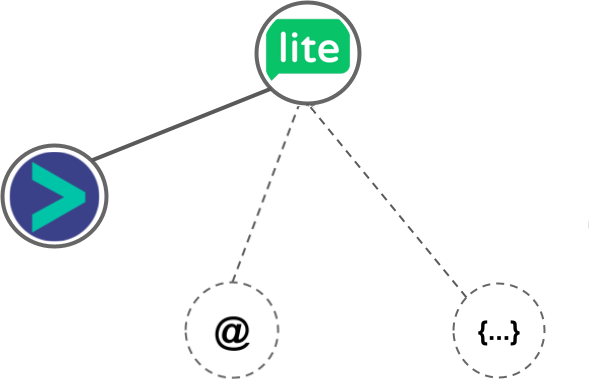
- Using business Email passed from MailerLite, Hyperise is able to enrich business logo and website screenshots. In some cases, with a business Email we're also able to enrich profile images, subject to the business email having a publicly available profile.
MailerLite Integration Guide
Campaign Monitor uses the HTML code embed method to integrate with Hyperise, giving a simple way to add personalized images to your messages.
Campaign Monitor makes the following data points available to Hyperise, to enable personalization in images used in outreach and linked out to your personalized website landing pages.

- Using business Email passed from Campaign Monitor, Hyperise is able to enrich business logo and website screenshots. In some cases, with a business Email we're also able to enrich profile images, subject to the business email having a publicly available profile.
Campaign Monitor Integration Guide
 vs
vs 





 vs
vs  vs
vs 
 vs
vs  vs
vs  vs
vs  vs
vs 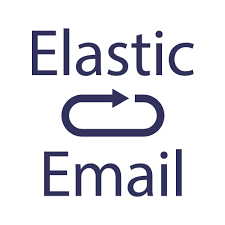
 vs
vs  vs
vs  vs
vs  vs
vs  vs
vs  vs
vs  vs
vs  vs
vs  vs
vs  vs
vs 
